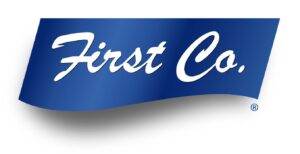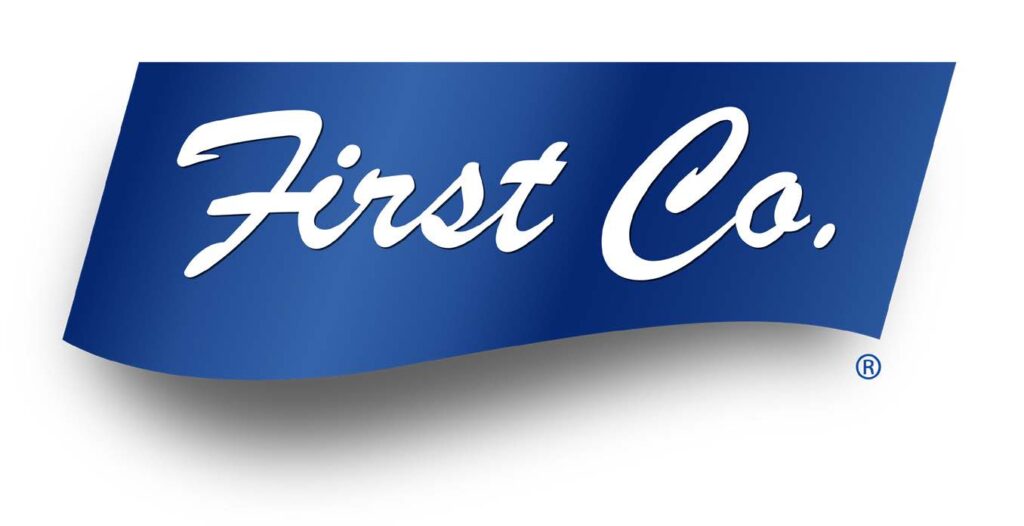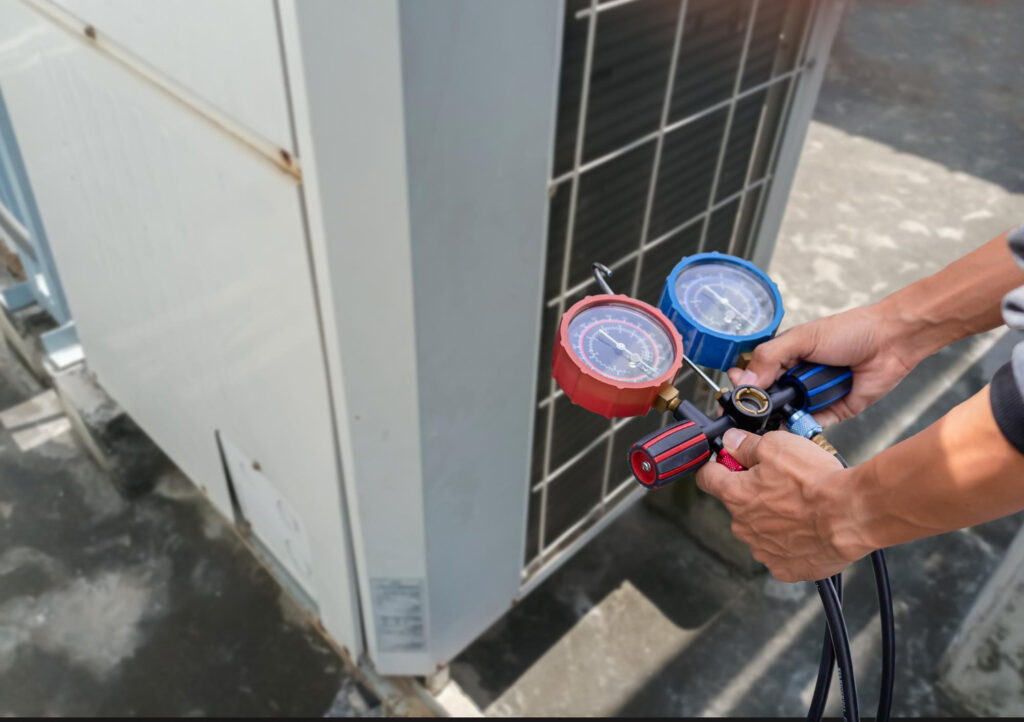Introduction
Managing HVAC systems in multi-tenant buildings involves addressing a unique set of challenges. With multiple occupants, each with their own comfort preferences and usage patterns, it is crucial to maintain a system that can handle varying demands. HVAC issues such as uneven temperature distribution, poor air quality, and system inefficiencies can impact tenant satisfaction and increase operational costs.
Identifying and solving these common HVAC issues is essential for maintaining a comfortable and healthy environment. Understanding the root causes of these problems can help building managers implement more effective solutions. For instance, poor maintenance, outdated equipment, and improper system design are often at the heart of many HVAC challenges. Addressing these root causes can lead to more reliable and efficient system performance.
Regular maintenance and advanced troubleshooting techniques play a significant role in preventing these issues from becoming major problems. Proactive measures, including routine inspections and timely repairs, ensure that the HVAC system operates smoothly. Moreover, incorporating advanced technologies can prevent issues from reoccurring and help in maintaining a high standard of comfort and efficiency for all tenants.
By focusing on these key areas, building managers can effectively tackle HVAC challenges in multi-tenant buildings, leading to improved occupant satisfaction and reduced operational costs.
Identifying Common HVAC Issues in Multi-Tenant Buildings
In multi-tenant buildings, HVAC issues can arise from numerous sources. One common issue is uneven temperature distribution. This occurs when some areas of the building receive more heating or cooling than others, leading to discomfort for tenants. Factors such as poor duct design, blocked vents, or inadequate system balancing can cause this problem.
Another frequent issue is poor indoor air quality, which can negatively impact tenant health and wellness. Pollutants such as dust, mold, and volatile organic compounds (VOCs) can accumulate if the HVAC system lacks proper filtration and ventilation. This problem often stems from outdated or poorly maintained equipment that fails to effectively filter and circulate the air.
System inefficiencies, including high energy consumption and frequent breakdowns, also plague multi-tenant buildings. These inefficiencies can be caused by aging equipment, improper installation, or lack of regular maintenance. Not only does this lead to higher operational costs, but it also impacts the comfort and satisfaction of the building’s occupants.
Effective Troubleshooting Techniques for HVAC Problems
Addressing HVAC problems quickly and efficiently is crucial in multi-tenant buildings. The first step in troubleshooting is conducting a thorough inspection of the system. Check for visible signs of wear and tear, such as frayed wires, corroded components, and leaking fluids. Listen for any unusual noises that may indicate mechanical issues, such as grinding or banging.
Next, ensure that airflow is not restricted. Inspect ductwork for blockages, clean or replace dirty filters, and check vents and registers for obstructions. Proper airflow is essential for maintaining a balanced temperature and improving air quality.
If the HVAC system is not performing efficiently, it may be necessary to re-evaluate the system’s load calculation. Ensure that the system capacity matches the heating and cooling needs of the building. An undersized or oversized system can lead to inefficiencies and uneven climate control.
Additionally, utilizing diagnostic tools such as infrared thermometers and pressure gauges can help pinpoint specific issues. These tools provide detailed insights into temperature variations and pressure imbalances, allowing for targeted repairs. By employing these effective troubleshooting techniques, building managers can restore comfort and efficiency to the HVAC system and ensure tenant satisfaction.
Maintaining Optimal HVAC Performance Through Regular Service
Regular service and maintenance are essential for keeping HVAC systems in multi-tenant buildings operating efficiently. Scheduled maintenance checks can identify and address minor issues before they escalate into major problems, thus preventing system downtime and ensuring consistent comfort for all occupants.
Key maintenance tasks include regularly changing air filters, which is crucial for both air quality and system efficiency. Dirty filters restrict airflow, causing the system to work harder and consume more energy. It’s also important to clean and inspect the ductwork to ensure there are no blockages or leaks that could impair airflow and efficiency.
Another essential aspect of regular maintenance is checking and calibrating the thermostat. An inaccurate thermostat can lead to inefficient system operation and uneven temperature distribution. Regular inspection of electrical components, lubrication of moving parts, and assessment of refrigerant levels also contribute to maintaining peak system performance.
By committing to a routine maintenance schedule, building managers can extend the lifespan of their HVAC systems and avoid costly repairs and replacements. This proactive approach helps maintain a comfortable and healthy environment for tenants while also optimizing energy use and reducing costs.
Implementing Advanced Solutions to Prevent Recurring Issues
To prevent recurring HVAC problems, implementing advanced solutions and technologies is key. One effective approach is upgrading to smart thermostats and controls. These systems provide precise temperature control, enabling better energy management and improved comfort for tenants. Smart thermostats can also alert managers to potential issues before they become significant problems.
Variable Refrigerant Flow (VRF) systems are another advanced solution that caters particularly well to multi-tenant buildings. These systems allow for flexible and efficient heating and cooling across different zones in the building. VRF systems adjust refrigerant flow to match the specific demands of each area, which enhances both comfort and energy efficiency.
Enhanced ventilation systems can also help prevent recurring air quality issues. Advanced filtration units, such as HEPA filters and UV air purifiers, can significantly reduce contaminants in the air. Proper ventilation design and air exchange systems ensure that fresh air is adequately circulated throughout the building.
Finally, implementing a Building Management System (BMS) can provide comprehensive control over the entire HVAC setup. A BMS allows for centralized monitoring and management of HVAC operations, ensuring that all components are working together efficiently. This integration can quickly identify and address potential issues, thus maintaining optimal performance.
By adopting these advanced solutions, we can proactively prevent recurring HVAC problems and sustain a comfortable, efficient environment for all tenants.
Final Thoughts
Effectively managing HVAC systems in multi-tenant buildings requires a strategic approach to identifying, troubleshooting, and preventing issues. From ensuring proper temperature distribution and air quality to maintaining system efficiencies, addressing these challenges head-on is critical for tenant satisfaction and operational success. Regular maintenance plays a significant role in keeping HVAC systems running smoothly by catching minor problems before they turn into major headaches.
Incorporating advanced technologies and solutions provides an additional layer of reliability. Smart thermostats, VRF systems, enhanced ventilation, and Building Management Systems all contribute to a more efficient and effective HVAC operation. These innovations solve current problems and help prevent future issues, thereby ensuring a sustainable and comfortable living environment for all tenants.
By focusing on these strategies, we can optimize HVAC performance and minimize disruptions, leading to a better experience for residents. For expert assistance and cutting-edge HVAC solutions in managing your HVAC needs, contact First Co.—the leading choice for HVAC in the multi-occupant industry. Let us help you create the perfect climate for your multi-tenant buildings.



